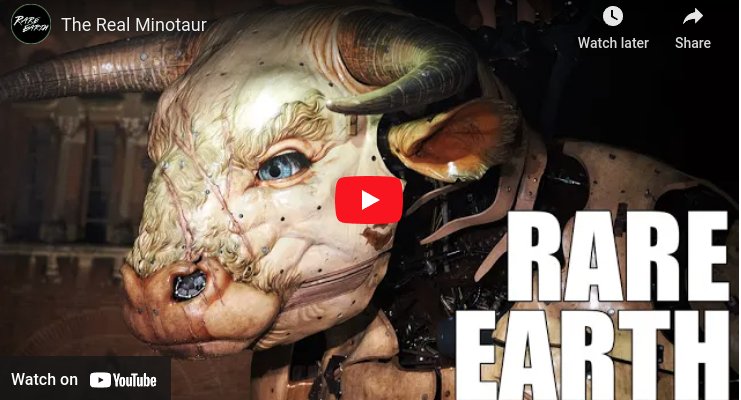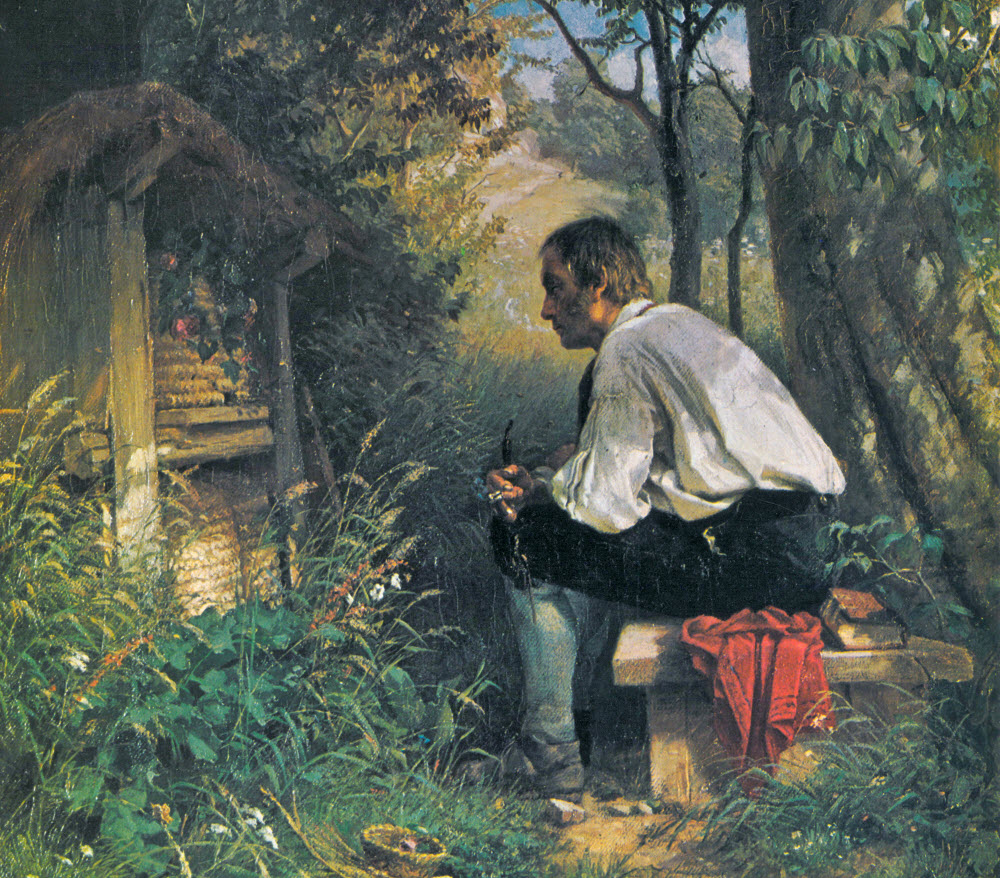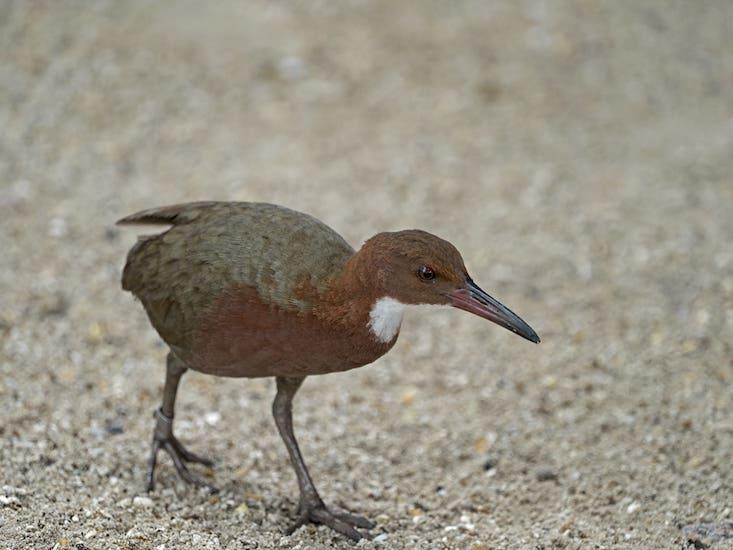Recent Posts
Europe’s oldest pagans: the deep forest life of Mari people – in pictures
Ikuru Kuwajima photographed the Mari El republic in Russia over the course of a year, learning about everything from witchcraft to paranormal activity.
Read and see the photos here:
https://www.theguardian.com/artanddesign/gallery/2016/dec/21/europes-oldest-pagans-mari-people-ikuru-kuwajima
THE DESERT IS A STATE OF MIND CAST OVER THE EARTH
The desert is an invention, a creation of emptiness in the plentitude of existence, an introduction of barrenness into the fecundity of being. However dry this biome, it is never entirely vacant. Besides containing rocks or sand, the actual desert from Atacama to the Sahara …
The Adorable Custom of ‘Telling The Bees’
The bee friend, a painting by Hans Thoma (1839–1924)
There was a time when almost every rural British family who kept bees followed a strange tradition. Whenever there was a death in the family, someone had to go out to the hives and tell the bees of the terrible loss that had befallen the family. Failing to do so often resulted in further loss such as the bees leaving the hive, or not producing enough honey or even dying. Traditionally, the bees were kept abreast of not only deaths but all important family matters including births, marriages, and long absence due to journeys. If the bees were not told, all sorts of calamities were thought to happen. This peculiar custom is known as “telling the bees”.
Humans have always had a special connection with bees. In medieval Europe, bees were highly prizedfor their honey and wax. Honey was used as food, to make mead—possibly the world’s oldest fermented beverage—and as medicine to treat burns, cough, indigestion and other ailments. Candles made from beeswax burned brighter, longer and cleaner than other wax candles. Bees were often kept at monasteries and manor houses, where they were tended with the greatest respect and considered part of the family or community. It was considered rude, for example, to quarrel in front of bees.
The practice of telling the bees may have its origins in Celtic mythology that held that bees were the link between our world and the spirit world. So if you had any message that you wished to pass to someone who was dead, all you had to do was tell the bees and they would pass along the message. Telling the bees was widely reported from all around England, and also from many places across Europe. Eventually, the tradition made their way across the Atlantic and into North America.
Read The Rest Here: https://www.amusingplanet.com/2019/04/the-adorable-custom-of-telling-bees.html
I Never Figured How to Get Free
By Donika Kelly The war was all over my hands. I held the war and I watched them die in high-definition. I could watch anyone die, but I looked away. Still, I wore the war on my back. I put it on every morning. I …
What an Extinct Bird Re-Evolving Says About “Species”
You may have heard the news of what sounds like a resurrection story on the small island of Aldabra, off the coast of Madagascar. Around 136,000 years ago, the island was submerged in water and a layer of limestone captured the rails—a species of flightless bird—living there. The birds (and all other land species living on the island) went extinct. Recently, though, scientists reported that the bones of these fossilized rails are virtually indistinguishable from rails living on the island today. They are calling this an instance of iterative evolution—where the same species evolves multiple, distinct times.
How could the same species evolve more than once? Both the fossil and modern rail are descendants of flying rails that made their way to Aldabra from the nearby mainland. In both cases, the rails adapted to the island over time. And each time, the species gradually lost its ability to fly, possibly due to a lack of predators on the island (which removes a significant selection pressure for flight). This raises an interesting question: Can birds on different branches of the evolutionary tree really be part of the same species? The answer depends on what you mean by “species.” This is the species problem, one of philosophy of biology’s persistent demons. As it turns out, it is difficult (and some would argue, impossible) to conceptualize species in a way that fully, and without exception, captures what it is that makes a group of organisms one species and not another.
Read The Full Article Here:
http://nautil.us/blog/what-an-extinct-bird-re_evolving-says-about-species








